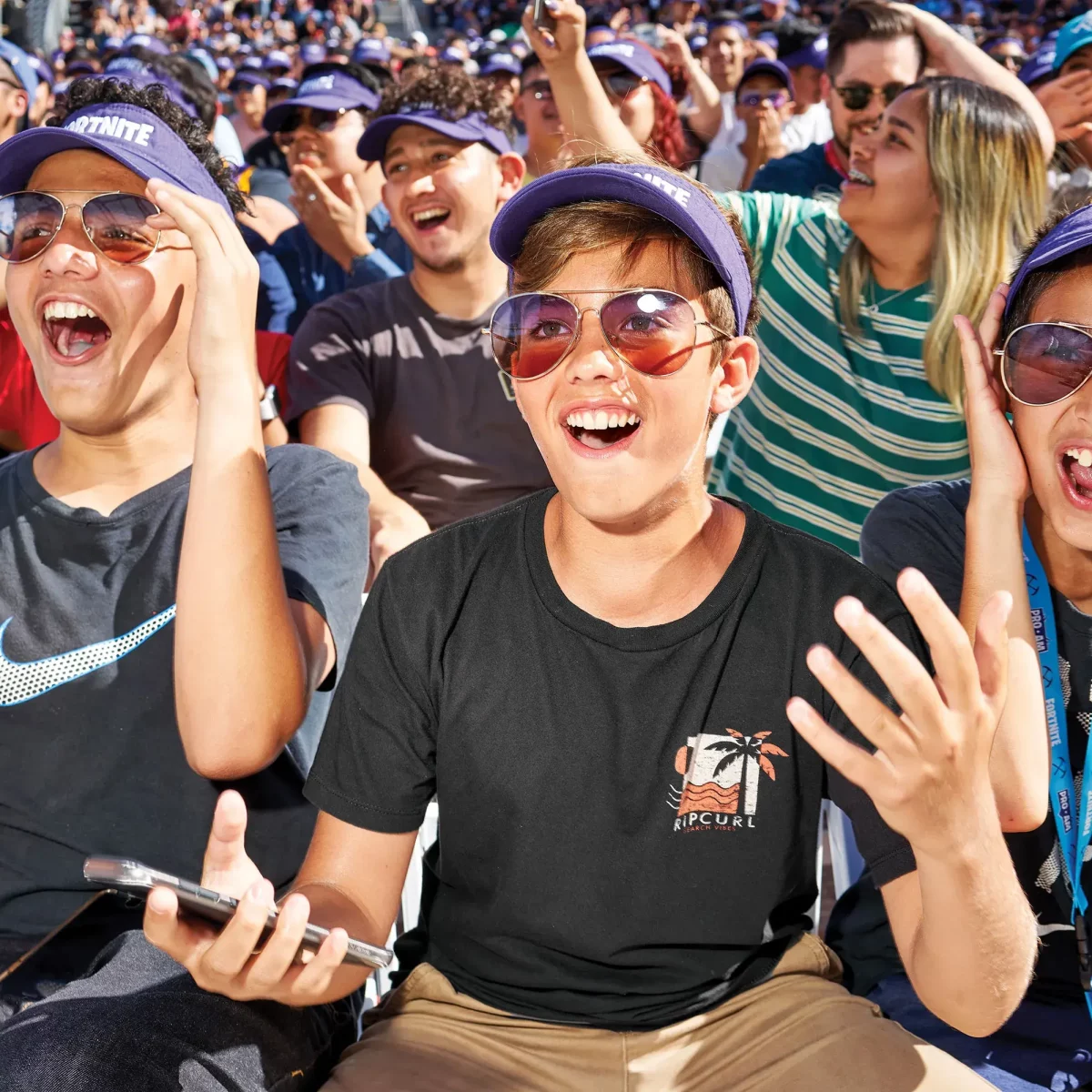Written by Bex Donald
Women’s gaming and women’s sports are on fire right now. The grand stage is set: with sports commanding an unprecedented surge in viewership and attendances, the ongoing Women’s World Cup casts its magical spell over Australia and New Zealand and the rest of the world, outshining its 2019 counterpart with remarkable ticket sales surpassing expectations. An astounding 850,000+ tickets have already found eager homes, cradled by enthusiasts hailing from 120 nations.
Women’s sport is receiving lots of overdue coverage, we at Attention Seekers were inspired to shine a light on women in gaming too. While there is still a glass ceiling to break, these too-often underrepresented markets have serious growth potential, including for outside brands that want to contribute to bridging the gap.
This piece will look at the current state of the women’s gaming industry, while hopefully debunking some inaccurate assumptions, and looking at some of the landmark moves from developers in the space in recent memory.
There is a common misconception among many that “Gamers are all men or teenage boys”. While there is still a slight skew towards men, 46% of video game players identify as female, according to a study by the Entertainment Software Association (ESA). And, given the consistent growth in value the games industry has experienced (currently US$222 billion a year as per that same study), the women who game are a market which shouldn’t be ignored or refuted.
However, a 2022 study from Diamond Lobby, states that there is still not a fair gender representation within the games themselves to reflect the number of female gamers. It says, “Nearly two times as many games released in 2022 have more playable male characters than playable female characters.” But games studios are on the right track, as there is an increasing number of female playable characters in games year on year. The games developers are clearly addressing the rise in popularity, it is now time for brands and marketers to identify the value of the audience. We recently posted a blog showing the benefits for brands in activating in gaming communities. This point merely elaborates on that further, ensuring that brands aimed at female consumers are also aware of the value.
EA FC (née EA Sports FIFA) is a good example of the progress we are seeing, with female football players now playable in its popular online game mode Ultimate Team. They have also featured Aussie captain and Chelsea’s superstar striker Sam Kerr on a cover of the game. This representation is imperative for young girls as aspiring athletes, but also in ensuring that the world of gaming is inclusive and welcoming to everyone. Andrea Hopelain, Senior Vice President of Brand, EA Sports claimed that EA has “arguably the youngest audience in sport and the most interactive audience. For Gen Z and Gen Alpha, gaming is their first form of entertainment.” Meaning the importance of all gaming companies having playable female characters and presenting them in a positive light cannot be understated.
Women gamers are here, we have been here, and we are not going anywhere. In fact, Circana’s PlayerPulse posted statistics stating that women own 41% of PS5s, 45% of Xbox Series S and X consoles, and 52% of Switch consoles. Meaning they are highly prevalent on the latest consoles on the market, while also making up 50% of PC gamers, and 54% of mobile gamers in the U.S.
The above data, just further demonstrates the strengths of the gaming industry as an avenue for marketers. Gaming is an industry we at Attention Seekers know well and have years of experience within. We connect brands with gaming communities authentically and grow brands within their target demographic in a previously untapped market. Gaming is a far more inclusive and diverse industry than many think and can lead to a competitive advantage for the brands clever enough to embrace it.





